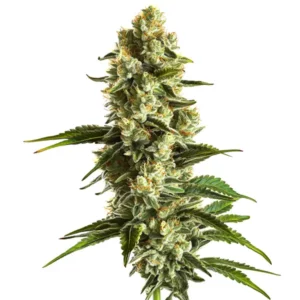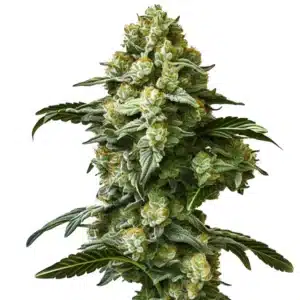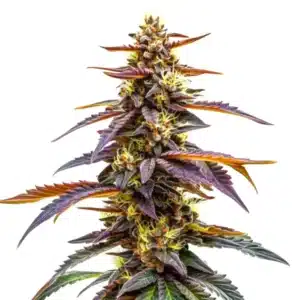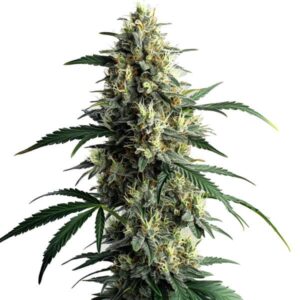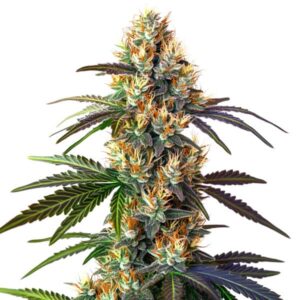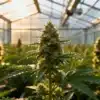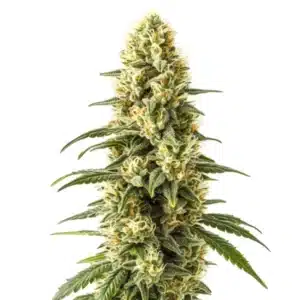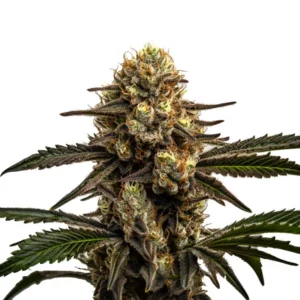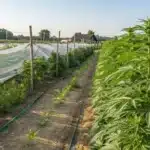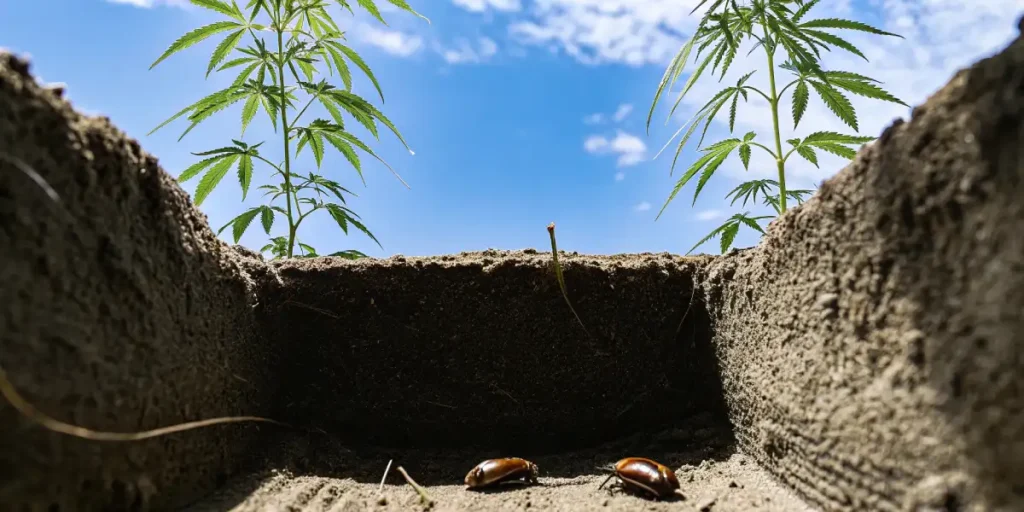
Create a No-Go Zone: Winning the War Against Root Pests
There are few things more soul-crushing for a grower than discovering that tiny monsters are secretly feasting on the roots of your beautiful cannabis plants. You see the signs up top, wilting, yellowing leaves, but the real battle is happening underground.
Forget just reacting with sprays and powders. Today, we’re going on the offensive. We’re going to learn how to create a root environment so healthy and so hostile to pests that they won’t even want to check in.
Recommended Strains
Banana Kush
|
|
THC | 17% - 21% (Medium) |
|
|
Type | Feminized |
|
|
Yield | High |
|
|
Phenotype | 60% Indica / 40% Sativa |
Banana Kush Auto
|
|
THC | 17% - 20% (Medium) |
|
|
Type | Autoflowering |
|
|
Yield | High |
|
|
Phenotype | 60% Indica / 40% Sativa |
The Real Reason Pests Show Up
Let’s get one thing straight. Pests don’t just appear by magic. They show up when the conditions are right for them and wrong for your plant. And the number one cause? Heat and a lack of oxygen in the root zone.
When the soil in your pots gets too hot, the water within it loses its dissolved oxygen. This creates a warm, stagnant, anaerobic environment. For your plant’s roots, it’s a suffocating nightmare. For root aphids and fungus gnat larvae, it’s a 5-star resort with an all-you-can-eat buffet.
So, our entire strategy is built around keeping the root zone cool and oxygenated.
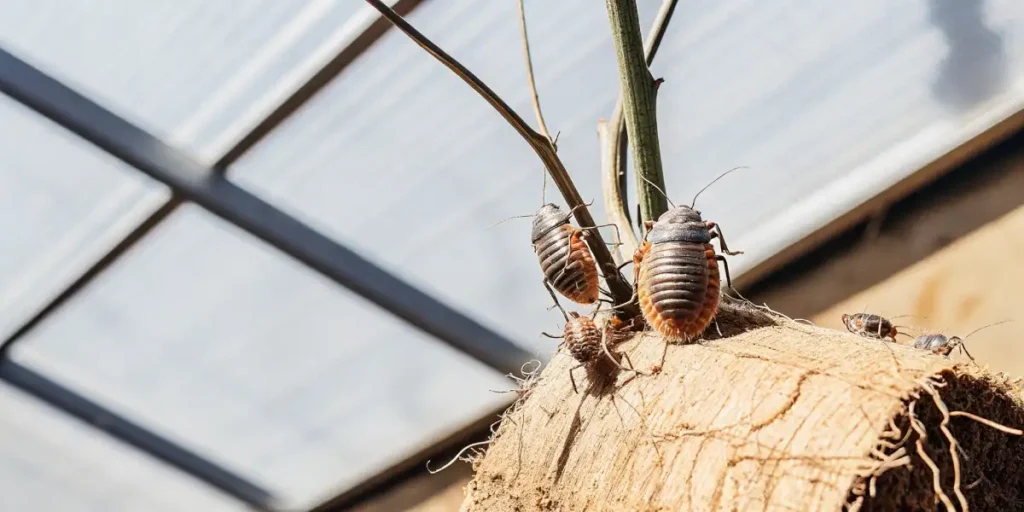
Your first line of defense, especially for your Homegrown plants, is a good layer of Organic mulch. A simple layer of straw or wood chips insulates the topsoil, preventing the sun from baking it. This keeps the soil temperature down, which in turn helps the water hold onto its precious oxygen. It’s a simple, Sustainable trick that makes a massive difference.
And while you’re at it, check the temperature of your irrigation water! Aim for a cool 17-18°C (around 64°F). Using warm, stagnant water is like pouring gasoline on a fire. Also, be very careful if you plan to reuse your soil for the next Grow. Old soil can be a breeding ground for pest eggs. If you do reuse it, make sure you properly amend and revitalize it first.
Promos & Deals
Your pH is a Weapon: Use It
This is a pro-level tip that can change the game for you. Your water’s pH isn’t just a number; it’s a tool you can use for both defense and attack.
For Prevention: After you mix your nutrients, always adjust your water’s pH to a stable 6.0. This is the sweet spot that keeps your plant happy and the soil environment balanced, making it less attractive to pests.
For Attack: What if you already see signs of an infestation? Now we get aggressive. For your next few waterings, drop the pH down to a more acidic 5.5. Your plant can handle this for a short period, but pests hate it. This acidic shift makes the soil a hostile environment, helping to eradicate the invaders while you apply other treatments. You’re not just killing them; you’re evicting them.
When you Cultivate with this level of control, you can focus on getting the best out of amazing strains like Banana Cream or Gelato, instead of just fighting fires. You Nurture the environment, and the plant will Thrive.
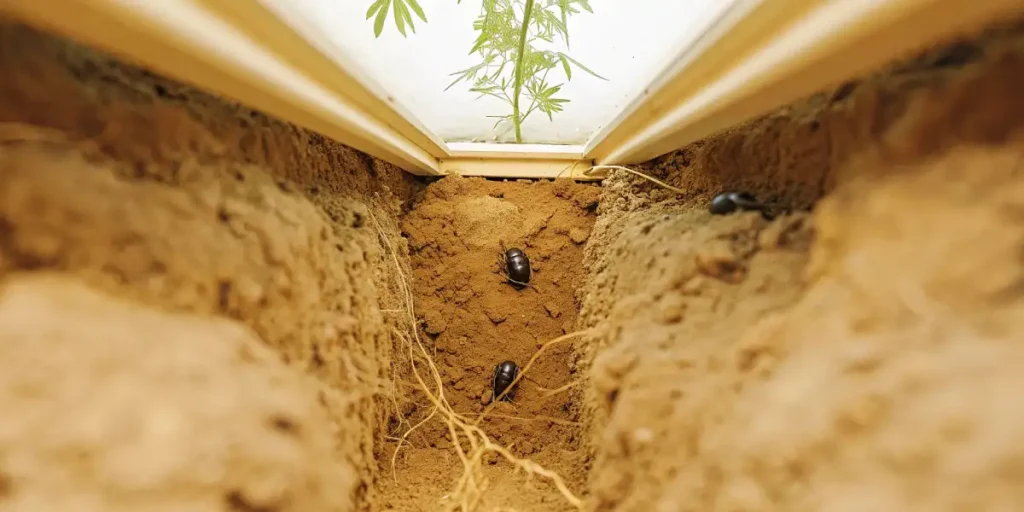
FAQs
What is the number one cause of root pests?
The root cause (pun intended) is almost always a hot, oxygen-deprived root zone. When the soil in your pot gets too warm, the water loses its dissolved oxygen. This stagnant, anaerobic environment suffocates the roots, making them weak and creating a perfect breeding ground for pests like fungus gnats and root aphids.
Can I use the same soil for my next grow?
You can, but you have to be careful. Reusing soil without treating it is risky because it can harbor the eggs and larvae of pests from your last cycle. If you plan to reuse soil, you should ideally sterilize it or thoroughly re-amend it with fresh compost and beneficial microbes to reset the environment.
How can I use pH to fight a root pest infestation?
Your water pH is a powerful weapon. If you have an active infestation, you can deliberately lower your water’s pH to 5.5 for a few waterings. This creates an acidic environment that is hostile to most common root pests, helping to disrupt their life cycle and kill them off. Just remember to return to a stable 6.0 pH once the problem is resolved.
Does the temperature of my water really matter for the roots?
Absolutely. It’s critical. Your goal is a cool 17-18°C (around 64°F). Water that is too warm has very little dissolved oxygen, which suffocates your roots and invites pests. Water that is too cold can shock the roots and stunt the plant’s growth. Keeping the temperature right is a key part of maintaining a healthy, oxygen-rich root zone.


